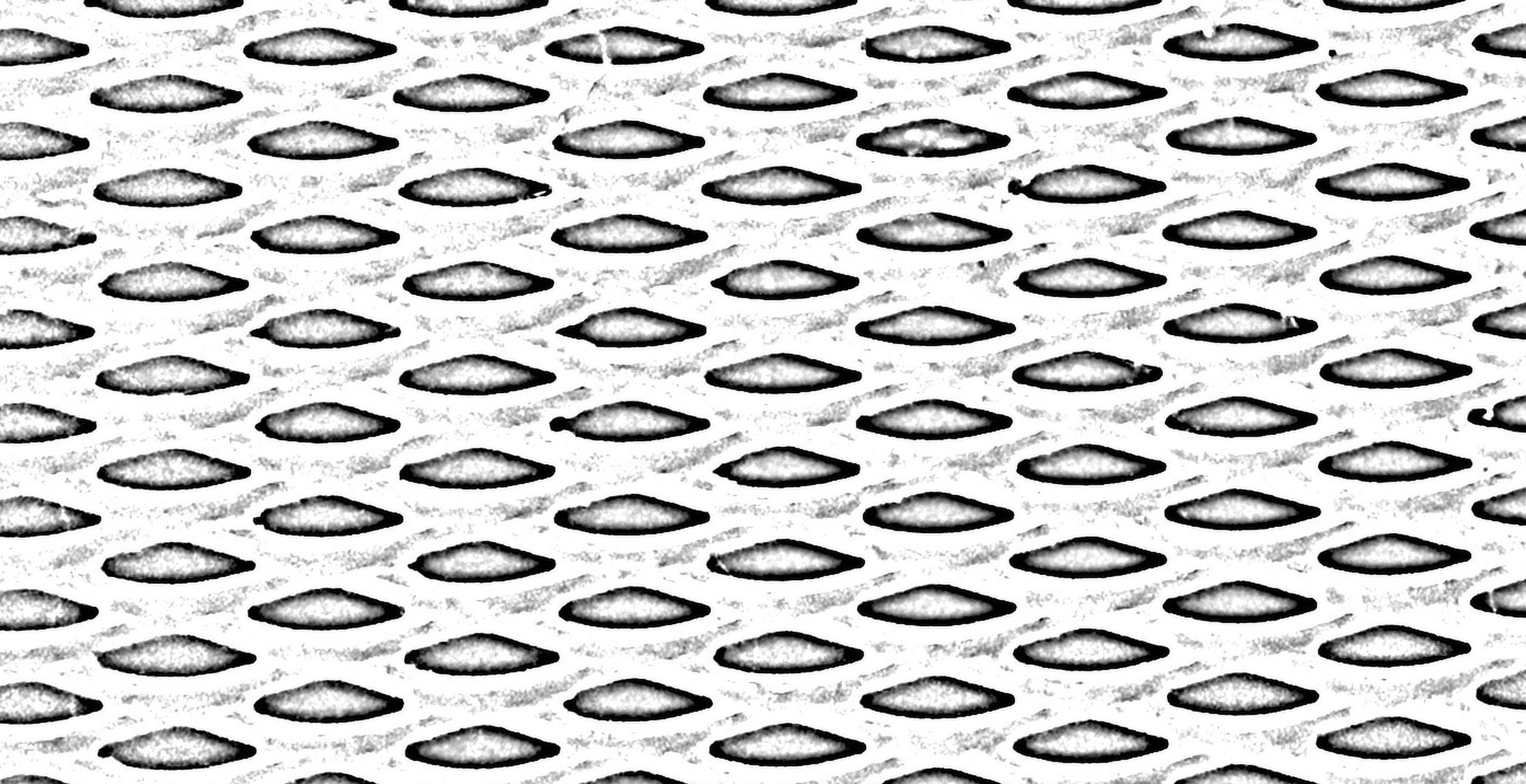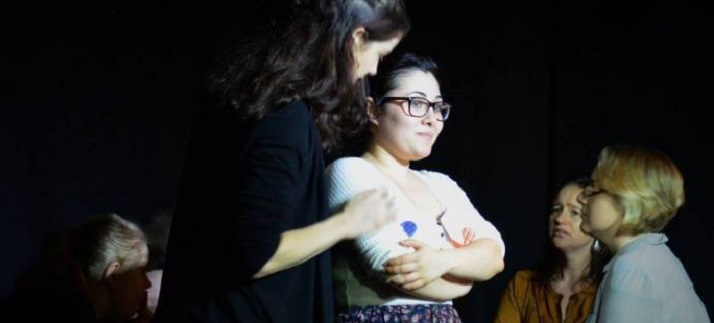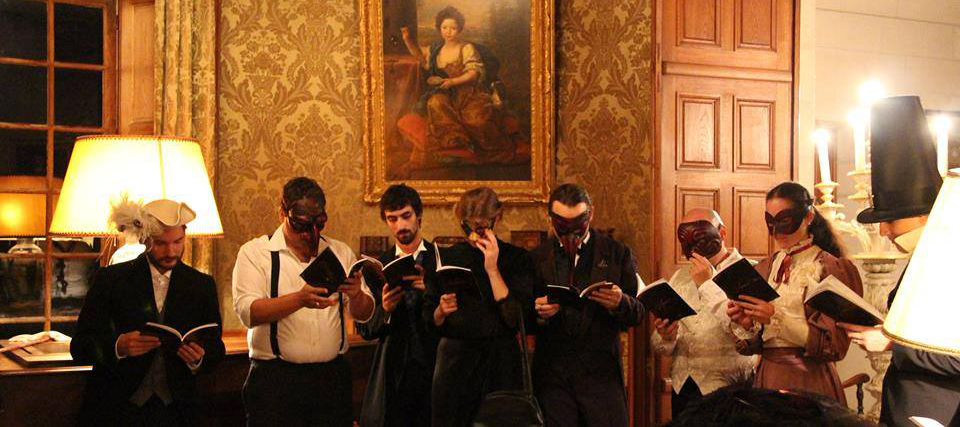Author: Muriel Algayres

-

Performing Dominant
Dominant characters come in different forms: authority figures (benevolent or not), antagonists, or outright villains. However, each of these figures presents the same challenges: establishing and displaying dominance in a credible manner, managing interactions with dominated characters, and balancing character domination with respect for player agency.
-

From Winson Green Prison to Suffragette: Representations of First-Wave Feminists in Larps
In this article, I present feedback on my experience playing and writing on suffragettes in larps set in early 20th century Europe. I present the diverse angles through which the theme and characters were approached in these larps and contrast their differences. These games are set up at a time period with clearly separated gender
-

Character-based Design and Narrative Tools in the French Style Romanesque Larp
This text aims to present the romanesque style larp in relation to other similar larp styles in Europe & establish some tools that are use to create them.

